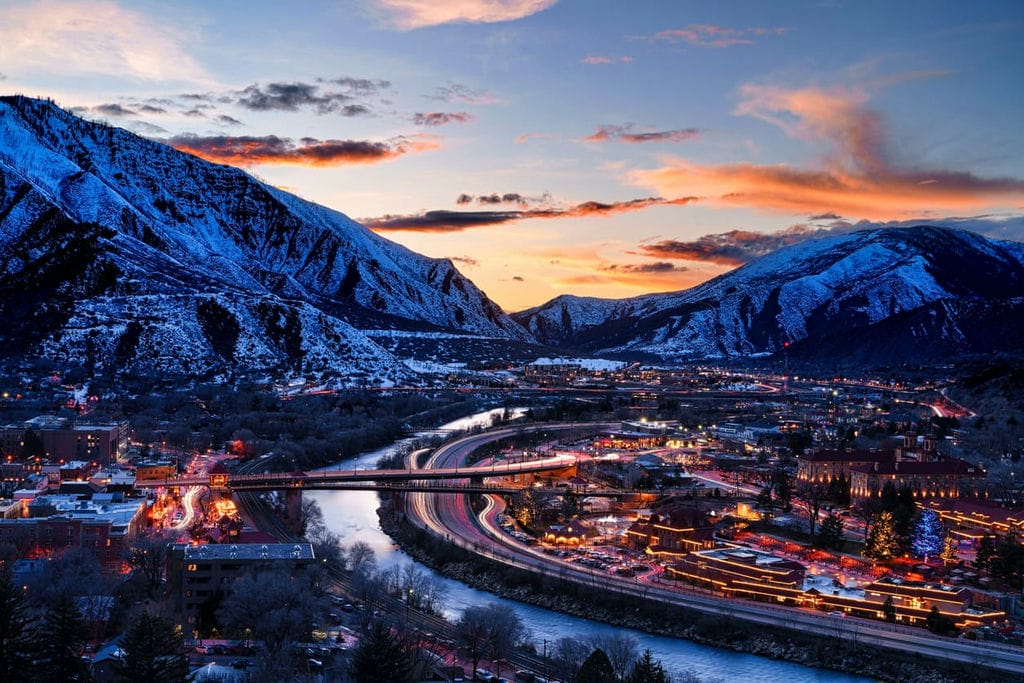Shipping from the State of Colorado to Texas
Named after the Colorado River, the Territory of Colorado was organized on February 28, 1861, and on August 1, 1876, U.S. President Ulysses S. Grant signed Proclamation 230 admitting Colorado to the Union as the 38th state. Currently, Colorado is the 8th largest state in terms of land mass.
Colorado is nicknamed “The Centennial State” because it became a state one century after the signing of the United States Declaration of Independence. It is also well-known by the nickname “Colorful Colorado”. The state tree is the Colorado Blue Spruce, the state bird is the Lark Bunting and the state flower is the White and Lavender Columbine. The state motto is ‘Nothing without the Deity’ (Latin: Nil sine Numine).

Colorado is located in the western United States covering most of the southern Rocky Mountains and the northeastern portion of the Colorado Plateau and the western edge of the Great Plains. Colorado is bordered by Wyoming to the north, Nebraska to the northeast, Kansas to the east, Oklahoma to the southeast, New Mexico to the south, Utah to the west, and touches Arizona to the southwest at the Four Corners. The state is known for its vivid landscape of mountains, forests, high plains, mesas, canyons, plateaus, rivers, and desert lands. Colorado is part of the western and southwestern United States and is one of the Mountain States. Denver is both the capital and most populous city of Colorado. Residents of the state are known as Coloradans, although the antiquated term “Coloradoan” is occasionally used.
Shipping to the State of Colorado to Texas
Spanish missionaries were the earliest European settlers in Texas, founding San Antonio in 1718. Hostile natives and isolation from additional Spanish colonies kept Texas sparsely occupied until following the Revolutionary War and the War of Mexican self-government when the newly established Mexican government began to allow settlers from the U.S. to claim land there. This led to an inhabitant explosion, but dramatically abridged the percentage of the population with Mexican heritage, causing friction with the government in Mexico City.

After some smaller insurrections, the Texas Revolution broke out, and the state became an independent nation in 1836. However, the newly formed Texas Republic was not capable to defend itself from further incursions by Mexican troops and eventually negotiated with the U.S. to join the union in 1845.
